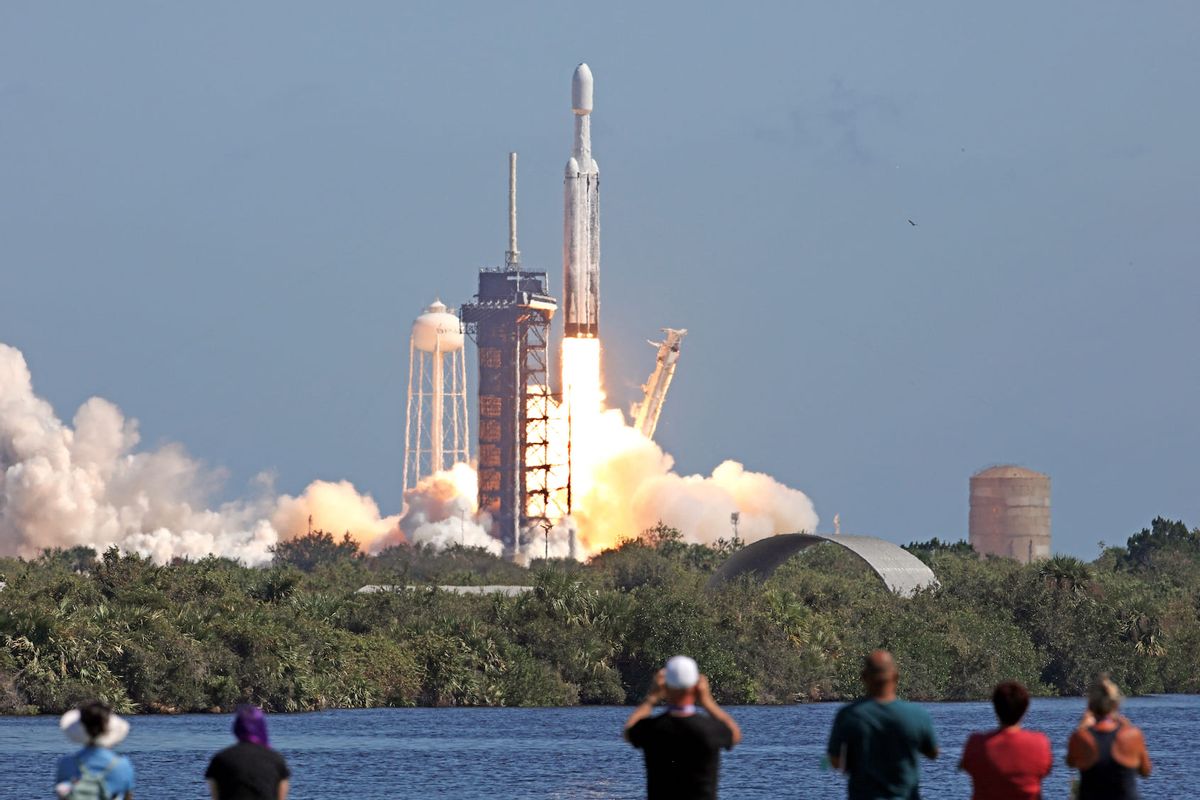NASA successfully launched a vehicle meant to explore an ocean-covered world in our solar system and seek out the building blocks for life.
Once it reaches its destination, the Europa Clipper will examine the Jupiter's moon Europa. That moon is almost entirely covered by a vast ocean underneath a crust of ice. Scientists have long speculated that the moon — which also boasts a thin but oxygen-rich atmosphere —could harbor simple lifeforms.
The Clipper is the end result of a $5.2 billion project that began in 2013. It is the largest spacecraft that NASA has ever launched and will face a years-long journey to the moon whose surface ice sheets could be as much as ten miles thick.
“Europa Clipper will undoubtedly deliver mind-blowing science," NASA’s Jet Propulsion Laboratory Director Laurie Leshin shared. While always bittersweet to send something we’ve labored over for years off on its long journey, we know this remarkable team and spacecraft will expand our knowledge of our solar system and inspire future exploration."
A SpaceX Falcon Heavy rocket got the Clipper off-Earth, separating from the spacecraft an hour after launch. The Clipper is expected to end its 1.8 million-mile journey in April 2030, when it will enter Jupiter's orbit. NASA hopes the spacecraft will successfully fly by the moon 49 times to take readings.
“Everything we’re going to learn from Europa, it’s just amazing," NASA Jet Propulsion Laboratory engineer Jenny Kampmeier shared during the launch's livestream. "All scientific disciplines can really gain something from this, and it’s going to change our understanding of our place in the universe if this is a world that could support life.”
Watch the launch below:
Read more
about this topic



Shares